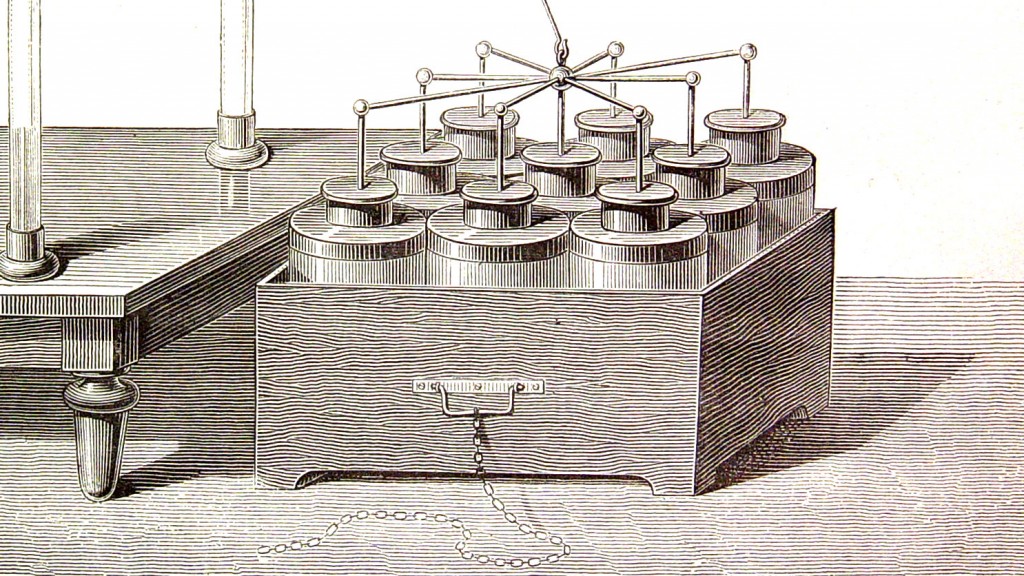Having just received several new books as Christmas gifts, I’m reminded that books I’ve already finished are growing into a pile and crying out for reviews in my blog. There’s never enough time to review them all but one that I’ve been intending to write about all year is Common as Air: Revolution, Art, and Ownership by Lewis Hyde. It’s a wonderfully written book about the history of the commons and property rights.
As a software developer who releases my work under the GNU GPL, a free software license, I’ve been on the receiving end of many a rant on these subjects. My contributions to a freely accessible cultural commons of creatives works, I’m told, is communism and will lead to the eventual downfall of the one true system of property ownership as expressed by God in modern copyright and patent law. I don’t take such rants seriously anymore but when I found a book offering an in depth look at how our modern laws came to be and what the founding fathers actually said about these things; well, I could hardly pass it up!
Hyde starts out with a brief survey of ideas on property rights from cultures all over the world. He then looks at the origins of modern western thought. It turns out, of course, that the founding fathers believed quite strongly that free access to ideas was critical to democratic self-governance and free enterprise. This comes as no surprise to those in the free software and open source communities, who have rediscovered many of the same principles, including the importance of creating a “commonwealth of knowledge”.
Hyde’s story crosses paths with the free software community once or twice along the way. It also crosses paths with the supreme court, Donald Rumsfeld, John Adams, Sonny Bono, John Locke, Noah Webster, and a host of other familiar people. It’s the story of how we slowly traded the long term benefits of a commonwealth of knowledge for the enticing profits promised by “intellectual property”. The story makes great reading as history even if you’re not terribly interested in property rights. You’ll read dozens of interesting historical anecdotes you may not have heard before. For example, there’s the story of Benjamin Franklin’s founding of what sounds like the first hackerspace. He and other interested amateurs in Philadelphia put some money together, got some space, and started doing weird things with electricity. They created a crowd-sourced procedure for collecting and dispersing information about electrical experiments and open sourced the results, like an array of Leyden jars he named a “battery”. No doubt my right-wing friends would consider Franklin a liberal hippy with communist leanings. A modern “intellectual property” lawyer would consider him a “pirate”; indeed, Hyde titled the chapter “Benjamin Franklin, Founding Pirate”.
Once Hyde gets to the end of the history, he ponders what can be done to protect what’s left of the commons and even restore it for future generations. He offers three examples of real-world attempts at fixing the problem. The most familiar and successful of the examples is Richard Stallman and the GNU General Public License. The software commons created by Stallman and the GPL is responsible for at least some of the software running on nearly every computing device in the world today from the largest supercomputer to the phone or tablet on which you’re reading this blog. Hyde notes also the example of folk singer Pete Seeger, who worked with other folk singers to protect a piece of music called “We Shall Overcome” using the earliest known example of the “claim and release” idea later used in the GPL for software and, more specifically, in the Creative Commons licenses for art and musical works. It worked as a method of freeing information in a system that forces everything to be “owned”. The final example is the attempt at keeping scientific information free that was made through a formal declaration by the scientists working on the Human Genome Project.
What all three of Hyde’s examples have in common is that they were devised not by the government but by individuals working on their own or in groups to protect the freedom of ideas FROM the system enforced by the government. There are vast amounts of money and effort focused on the government by business to create more and stricter “intellectual property” laws (because they are very, very profitable for the few companies that hold the “property”). His examples give us some hope that, even if we the people can’t match the financial and lobbying resources of the corporate world, we can still outsmart them and protect the freedom of our ideas.

